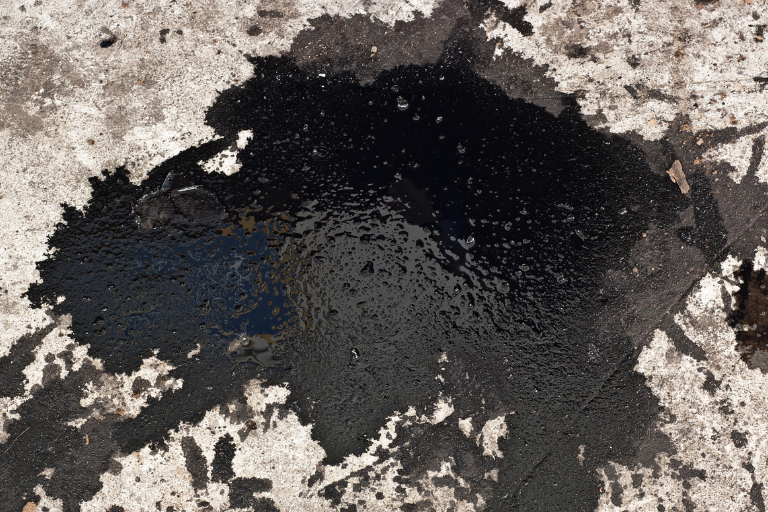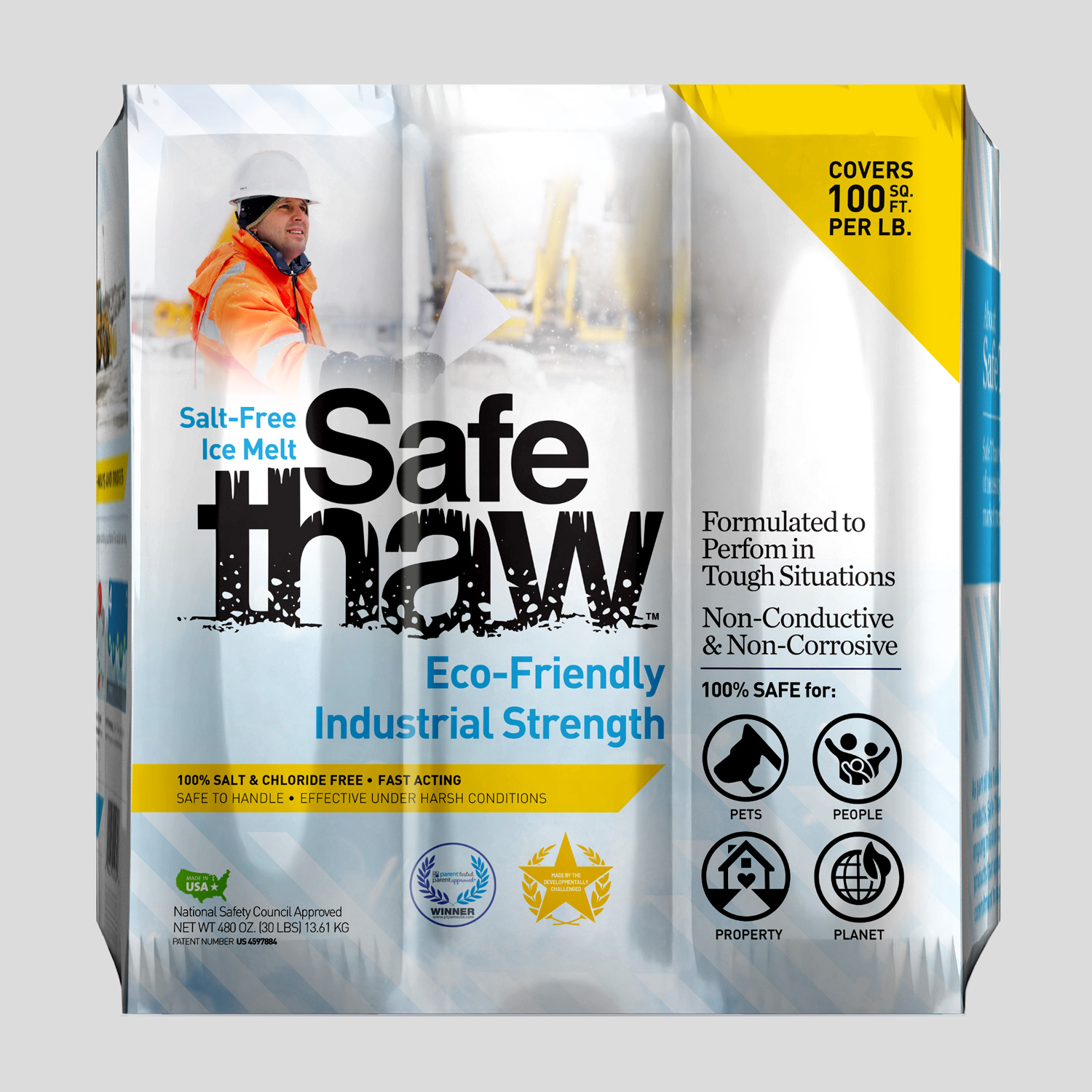Ultimate Guide To Removing Oil From Concrete Surfaces

Oil stains on concrete surfaces can be a nuisance and an eyesore. Whether it’s your driveway, garage floor, or any other concrete area, knowing how to remove oil from concrete and clean oil from concrete effectively is essential. This comprehensive guide will walk you through various methods and crucial tips to tackle these stubborn stains.

Safe Thaw
Safe Thaw was created as the ice management solution for tough winter environments. Ideal in commercial and industrial properties, shops, government agencies, bridges, and construction.
Assessing the Oil Stain
Firstly, evaluate the extent of the oil stain. Fresh oil stains are easier to treat compared to older, set-in stains. Identifying the type of oil can also help in choosing the most effective cleaning method.
Immediate Action with Absorbents
For fresh oil spills, acting quickly is key. Absorbents like cat litter, baking soda, or cornstarch are excellent for soaking up the oil. Generously cover the stain with the absorbent, wait for it to soak up the oil, then sweep it away. This is a crucial first step in your quest to remove oil from concrete.
Commercial Degreasers for Tough Stains
For older and more stubborn stains, using a commercial degreaser is effective. Products like Krud Kutter or Oil Eater are specially formulated to break down and lift oil stains from concrete. Apply the degreaser, let it sit to penetrate the stain, then scrub with a stiff brush and rinse thoroughly.
DIY Cleaning Solutions
Homemade solutions can also be effective to clean oil from concrete. A mixture of dish soap and hot water can break down smaller oil stains. Scrub the mixture into the stain and rinse off. For tougher stains, creating a paste with baking soda and water can be more effective.
Power Washing for Deep Cleaning
For extensive oil stains, power washing can be a useful method. The high-pressure water combined with a suitable cleaning solution can effectively remove oil from concrete. However, ensure the pressure setting is appropriate for your concrete surface to avoid damage.
Preventative Measures: Sealing Concrete
After cleaning, consider sealing your concrete surface. This helps in preventing future oil stains and makes subsequent cleaning easier. It’s an often-overlooked yet vital step in maintaining clean concrete surfaces.
The Negative Impact of Salt and Chloride-Based Ice Melts
In managing concrete surfaces, it’s important to avoid using salt and chloride-based ice melts. These products can make concrete more porous, increasing the likelihood of oil absorption and making it more challenging to remove oil from concrete.
100% salt & chloride-free, fast acting Ice Management Solution
Safe Thaw: A Safe and Eco-Friendly Alternative
For those in need of de-icing solutions, Safe Thaw offers a safe and environmentally friendly alternative. It’s a chloride-free and toxin-free ice melt, ensuring it’s non-corrosive and won’t harm your concrete surface. Using Safe Thaw not only effectively melts ice but also contributes to maintaining the integrity of your concrete surface, making it easier to clean oil from concrete. Its patented formula, designed for efficiency and safety, is a superior choice for industrial and residential use.
Conclusion
Removing oil stains from concrete surfaces requires a combination of the right techniques and products. By following these steps and using eco-friendly products like Safe Thaw for ice melting, you can effectively maintain clean and stain-free concrete surfaces. Remember, regular maintenance and preventive measures are key to keeping your concrete surfaces in optimal condition.
Try Also Our Other Winter Safety Products:
Safe Paw
The Original and #1 Selling Pet and Child Safe Ice Melt for over 20 years. Guaranteed environmentally safe –It won’t harm animals or children, and it won’t damage your property. That’s Safe Paw. Safe Paw can change how winter affects our planet.

Walk On Ice
The handy disposable canister can be taken everywhere, with the same 100% naturally occurring minerals that provide instant traction on ice or snow. Use it on sidewalks, steps, or as an instant traction agent for your car.



